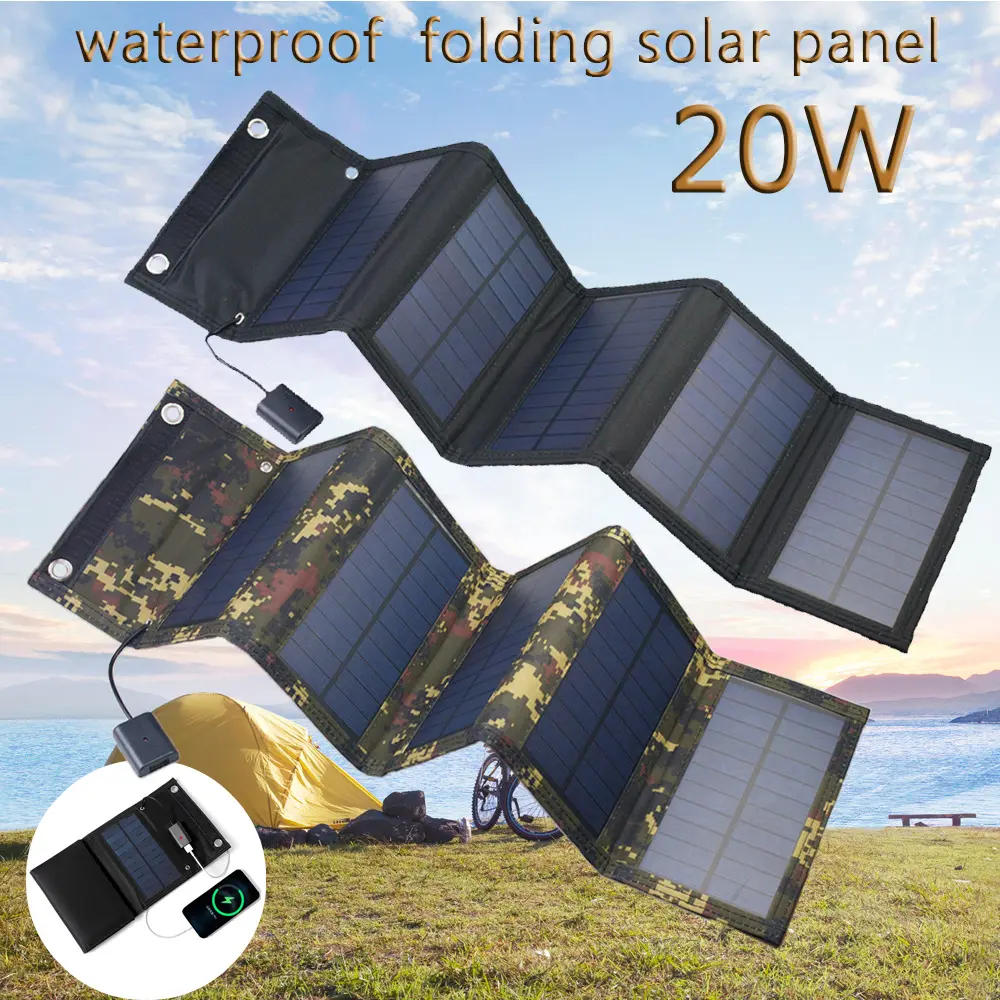What are the battery types?
Lead acid battery
Lead acid battery, also known as lead battery, is a kind of battery. The electrode is mainly made of lead, and the electrolyte is a kind of battery with sulfuric acid solution.
Nickel cadmium battery
Nickel cadmium battery (NiCd for short) uses nickel hydroxide (NiOH) and metal cadmium (Cd) as chemicals to generate electric energy.
Nickel metal hydride battery
Nickel hydrogen battery (NiMH) is improved from nickel pot battery, which replaces cadmium (Cd) with metal that can absorb hydrogen.
Lithium ion battery
Lithium ion battery is a rechargeable battery, which mainly depends on the lithium ion moving between the positive and negative electrodes to work.
Lithium ion polymer battery
Lithium ion polymer battery, also known as polymer lithium battery, lithium polymer battery.
Lithium iron phosphate battery
Lithium iron phosphate (molecular formula: LiMPO4, English: Lithium iron phosphate, also known as lithium iron phosphate, lithium iron phosphate, or LFP for short) is a cathode material for lithium ion batteries, also known as lithium iron phosphate batteries. It is characterized by the absence of precious elements such as diamonds, low price of raw materials, and the abundance of phosphorus, lithium, and iron in the earth's resources, so there will be no supply problem. It has moderate working voltage (3.2V), large capacitance (170mAh/g), high discharge power, fast charging, long cycle life, and high stability under high temperature and high heat environment. The voltage of lithium iron phosphate battery is 3.2~3.3V.


